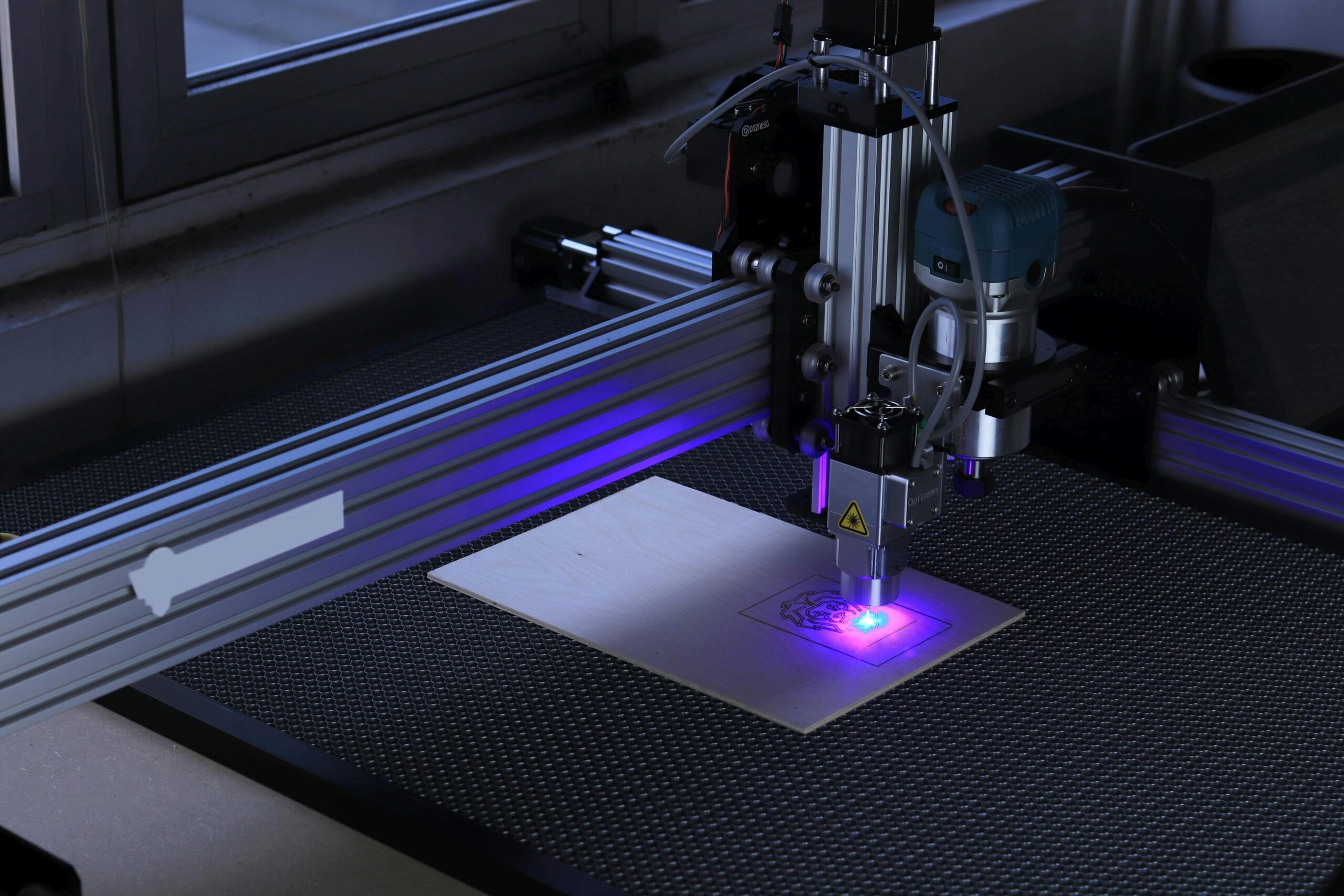A Comprehensive Guide to Design Thinking – An Innovative Problem-Solving Process
Introduction: What is Design Thinking and How Does it Work?
Design Thinking is a creative problem-solving approach used to develop innovative solutions. Design Thinking helps organizations to find new perspectives and approaches to solve their problems. It encourages teams to come up with creative solutions that are not limited by existing processes and conventions. By using this approach, teams can develop more effective strategies and products that meet users’ needs in a better way.
The 5 Core Elements of Design Thinking
Design Thinking is a problem-solving process that puts the user first. It is used to create innovative solutions to complex problems by focusing on end users and their needs. The five core elements of design thinking are empathy, ideation, experimentation, prototyping, and implementation.
Empathy involves understanding the people who will be using the product or service. This helps designers to develop an understanding of their target audience and create solutions that meet their needs. Ideation involves generating creative ideas for potential solutions and experimenting with different approaches. Experimentation allows designers to test out different ideas and refine them based on user feedback. Prototyping helps designers create a tangible version of their design idea before it is implemented in real life. Finally, implementation involves taking the prototype into production so that it can be used by end users.

The Benefits of Design Thinking and How It Can Help Solve Complex Problems
Design Thinking is a creative problem-solving approach that can help solve complex problems. It focuses on understanding the user’s needs and wants, and then developing solutions that meet those needs. Design Thinking combines creative thinking, empathy, and experimentation to create innovative solutions. By using this method, businesses can gain insights into their customers’ needs and develop products or services that are tailored to them. Additionally, it allows companies to understand the context of their solutions and how they will fit into the overall business strategy. With Design Thinking, businesses can develop more effective strategies for solving complex problems in an efficient manner.
Demonstrating the Power of Design Thinking Through Real Life Examples
Design thinking is a powerful tool for problem-solving and creating innovative solutions. It is a process that involves understanding the user’s needs, exploring possibilities, and designing solutions that are both practical and desirable. This approach can be used to tackle any challenge, from product design to organizational change. In this article, we will explore some real-life examples of how design thinking can be used to solve problems and create new products or services. We will look at how organizations have applied design thinking in various contexts and how it has helped them to achieve success. We will also discuss the key principles of design thinking and how they can be applied in different scenarios.
Exploring the Different Applications of Design Thinking in Business and Everyday Life
Design thinking is a creative approach to problem-solving and decision-making. It is widely used in the business world to help companies create innovative products, services, and experiences for their customers. Design thinking can also be applied in everyday life to solve problems, make decisions, and create meaningful experiences. In this article, we will explore the various applications of design thinking in business and everyday life. We will look at how it can be used to generate ideas, develop solutions for complex problems, create customer experiences that are tailored to the user’s needs, and more.

7 Design Challenges You Must Overcome to Create a Successful User Experience
Designing an effective user experience is essential for the success of any digital product. To create a successful user experience, designers must overcome many challenges, such as creating a user-friendly interface, understanding customer needs and behaviors, and ensuring the product meets all usability standards. In this article, we will explore seven design challenges that designers must overcome to create a successful user experience. We’ll discuss how to design for different types of users, how to ensure accessibility and usability in your designs, and strategies for creating intuitive navigation. Finally, we will discuss how to use feedback from users to improve the overall design of your product. By understanding these seven key challenges, you can create an effective user experience that meets the needs of your customers and leads to better business results.
What are Design Challenges and How Can They Impact Usability?
Design challenges are the problems that designers must solve while creating a product. They can range from aesthetic issues to usability issues, and they often require creative solutions. Design challenges can have a significant impact on the usability of a product, as they can affect how easy it is for users to interact with the product. By understanding design challenges and how they can affect usability, designers can create better products that provide an excellent user experience.
Design Challenge #1: Creating a Consistent Visual Identity
Design Challenge 1: Creating a Consistent Visual Identity is all about creating a unified look and feel for your brand. It requires creative thinking, strategic planning, and technical implementation to ensure that your visual identity is consistent across all platforms. This challenge will help you create a unique visual language that resonates with your target audience and helps you stand out from the competition. It will also help you ensure that your visuals are optimized for every device, platform, and context in which they appear. By mastering this challenge, you can create an effective visual identity that will be recognizable and memorable to your customers.
Design Challenge #2: Optimizing Content for Mobile Platforms
Design Challenge 2 focuses on optimizing content for mobile platforms. This challenge requires copywriters to consider the user experience of their target audience and adjust their content accordingly. Copywriters must take into account the screen size, resolution, and other factors that can affect how a user interacts with their content. Additionally, copywriters must ensure that their content is accessible across different types of devices including smartphones, tablets, and desktops. By understanding the needs of their target audience and creating content optimized for mobile platforms, copywriters can provide an enhanced user experience that will increase engagement and conversions.

Design Challenge #3: Understanding User Behaviour & Emotion
Design Challenge 3 is all about understanding user behavior and emotion. It requires designers to look at the bigger picture, identify user needs, and create a design that meets those needs. This challenge involves researching the target audience, analyzing user feedback, and developing a design that will not only meet their needs but will also evoke an emotional response. Through this challenge, designers can gain valuable insights into how users interact with their products or service. By implementing this knowledge into the design process, they can create a product or service that is tailored to its users’ needs and emotions.
Conclusion – Learning to Utilize Design Thinking for Better Problem-Solving Outcomes and Creative Solutions
Design thinking is a powerful tool for problem-solving and creative solutions. It can be used to create innovative, user-centric products and services that meet the needs of customers, while also creating value for businesses. By learning to utilize design thinking, professionals can develop the skills necessary to solve complex problems in an efficient and effective manner. Moreover, design thinking can help organizations identify opportunities for growth and innovation that may have been overlooked in the past. With the right approach, design thinking can be a powerful tool for any organization looking to achieve better outcomes and creative solutions.











